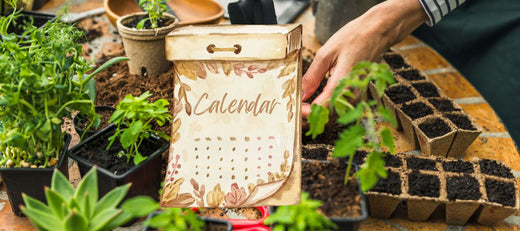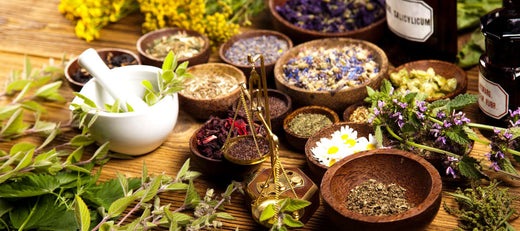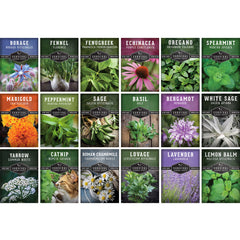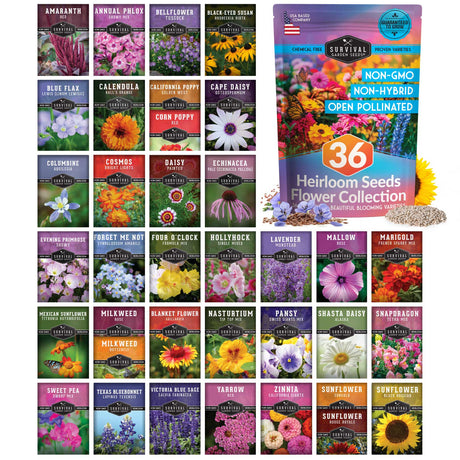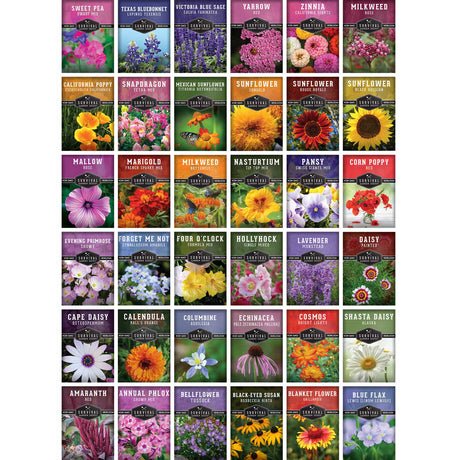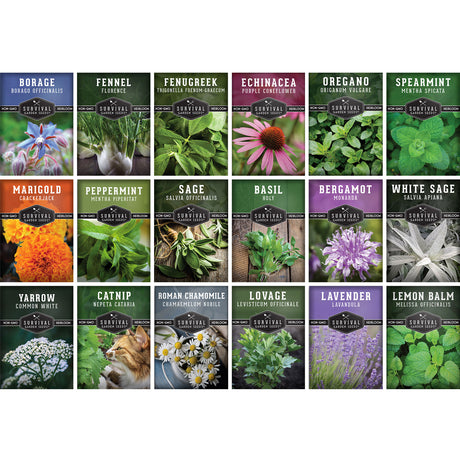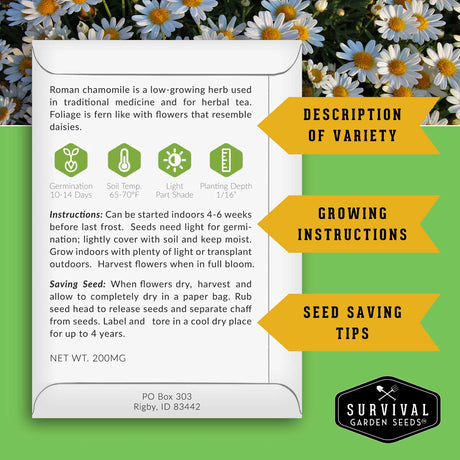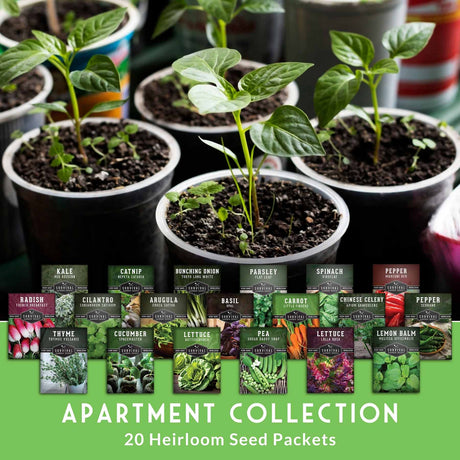Few plants offer the intoxicating fragrance, culinary versatility, and evergreen structure of rosemary (previously Rosmarinus officinalis, but reclassified recently as Salvia rosmarinus). Growing this Mediterranean herb indoors provides year–round access to fresh sprigs. This rewarding herb gives you greenery, fragrance, and flavor in all seasons. With the right strategy you can enjoy aromatic rosemary that stays healthy for many years.
Why Grow Rosemary Indoors?
While rosemary is often seen as an outdoor plant for warm, coastal areas, you can grow it indoors anywhere. This protects it from cold winters, unpredictable rain, and pests in the soil. Growing rosemary inside also gives you better control over its shape, pruning, and growth, which is great if you like decorative plants or precise harvesting.
Besides looking nice, having rosemary indoors means its healing oils are easy to get to. Just touching the leaves releases a strong, clean smell that can make you feel better, improve your memory, and keep common house bugs away.
Rosemary plants in pots are useful for various purposes: separating a large open room, bordering a kitchen island, or creating a private screen along a balcony without blocking the sun. Their upright, needle-like leaves stay green and keep their shape during winter when there's less light, providing dependable greenery when other indoor plants might look dull.
Essential Conditions for Indoor Rosemary Success
Light Requirements
Rosemary loves sunlight. A bright south or west window with 6–8 hours of sun will keep it happy. If your home doesn’t get that much light, a full-spectrum lamp set close to the plant is an easy backup. You can turn containers weekly to ensure even growth.
Bright light also affects the plant's oil and flavor. Rosemary grown under bright lights tends to produce more essential oils, giving it a stronger aroma and flavor, as well as more potency for medicinal uses. Dim indoor conditions can lead to weak stems and less flavor, so get good lighting early on.
Temperature and Humidity

Rosemary likes daytime temperatures between 65 and 75°F and slightly cooler nights around 55°F, similar to its natural Mediterranean climate. Consistently warm temperatures above 80 °F can cause it to dry out quickly, while temperatures below 40°F can make it go dormant or get cold shock.
Low indoor humidity (below 40%) can dry out the thin leaves, making the tips turn brown. You can increase humidity by putting plants close together, placing trays with water and pebbles under pots, or using a small humidifier. On the other hand, too much humidity (above 60%) combined with poor air circulation can lead to fungus, so use a small fan to keep the air moving gently.
Soil and Drainage
Rosemary hates soggy roots and slow growth from poorly drained or unbalanced soil. Make a quick-draining potting mix by mixing equal parts good quality cactus mix, perlite, and aged compost. Add a tablespoon of horticultural charcoal for every 3 quarts of mix to stop root diseases and improve the smell indoors.
For best results, aim for a soil pH between 6.0 and 7.0, but rosemary is fairly forgiving and can tolerate a broad range of soil. If you use tap water with minerals, occasionally rinse the soil to prevent salt buildup. Pots must have plenty of drainage holes; terra-cotta pots breathe well but dry fast, while glazed ceramic holds more moisture—choose based on your home's humidity and how often you water.
Step-by-Step Guide to Planting Rosemary Indoors
Start with strong, healthy young plants and set yourself up for success.
- Choose containers you love: Pick sturdy, attractive pots that fit your space and style while offering good drainage.
- Fill with a custom soil blend: Leave about ¾ inch of space at the top for watering. Water once after planting to settle the soil and remove air pockets.
- Space plants correctly: Place young plants 4–5 inches apart. This spacing encourages side branches to form, creating a fuller hedge over time.
- Optional boost: Dust the roots with a pinch of mycorrhizal inoculant before planting. These beneficial fungi form a natural partnership with rosemary roots, helping them absorb water and nutrients more efficiently — especially useful in the limited soil of indoor pots.
- Water and situate: Water gently until extra moisture drains out the bottom. Place the planter in your sunniest spot or under full-spectrum lights for 14–16 hours per day during the first two weeks if natural sunlight is limited.

During the first month, resist heavy pruning; let plants acclimate and develop root mass. Pinch only the very tips to encourage secondary buds. Monitor soil moisture closely—overwatering young rosemary is the quickest route to damping-off disease.
Selecting Suitable Containers
Long window boxes work well for rosemary since they offer a continuous area for planting, making it easier to manage moisture. Boxes with removable water trays might seem handy but can make the soil too wet. Instead, pick pots with drainage holes at the bottom and place a long tray underneath to protect your indoor surfaces.
If you need to move them around, think about light fiberglass troughs on wheels. For a country kitchen look, line old wooden wine crates with landscaping fabric and put in plastic pots; just drill small holes to allow air to circulate.
Arranging Multiple Plants (Creating an "Indoor Rosemary Hedge")
Rosemary’s upright, evergreen shape makes it easy to group several pots together for a tidy, hedge-like effect. On a balcony, they can line a railing as a natural screen. Indoors, a row of rosemary plants along a sunny window or behind a couch adds year-round greenery and fragrance without taking up much space.
Transplanting vs. Direct Seeding
Rosemary can be grown either from cuttings or from seed. Starting from seed is the most affordable and rewarding method, but it does take patience. The slow start has a tradeoff in plants that often outlast store-bought rosemary or cuttings. Rosemary seeds have naturally low germination rates, so don’t be discouraged if only some sprout. To improve your odds, sow the seeds thickly in trays or pots, then thin out the strongest seedlings later.
Because rosemary seeds need light to sprout, press them gently onto the surface of a fine seed-starting mix instead of burying them. Keep the surface evenly moist—not soggy—and provide steady warmth around 70–75°F with a heat mat if possible. Germination usually takes 2–4 weeks, and seedlings may stay small for a while before they take off, so patience is part of the process.
If you’d like a faster start, you can also root stem cuttings from an established rosemary plant. Cuttings might seem like a shortcut, but seed-grown rosemary is just as flavorful and comes with distinct advantages beyond just the saved expense. Plants started from seed often develop stronger root systems, adapt better to indoor conditions, and are less prone to diseases that sometimes spread through cuttings. For anyone hoping to grow a long-lived, resilient indoor rosemary plant, starting from seed can set you up for success—plus you get the satisfaction of raising your plants right from the beginning.
Ongoing Care and Maintenance
Watering Techniques
Overwatering is the bane of indoor rosemary. Let the top inch of soil dry out before watering again. Stick a wooden skewer into the soil; if it comes out dry, water a lot until 10% of the water drains out. After 20 minutes, empty the saucers to prevent water from sitting there. In winter, when there's less light, water less often but never let the roots completely dry out.
Self-watering globes and mats often provide too much water. Instead, try bottom watering once a month: place the pots in a shallow dish of water for 15 minutes, allowing the roots to soak up water from below, then put them back in their saucers.
Feeding Schedule
Rosemary naturally thrives in poor, rocky soils and doesn’t need heavy feeding. Too much fertilizer, especially nitrogen, makes plants grow floppy and reduces their aromatic oils. Instead of synthetic fertilizers, stick to light, natural options. Scratch a small handful of compost or worm castings into the top of the soil every 6–8 weeks during spring and summer. For a quick boost, use a diluted liquid seaweed or fish emulsion spray once a month, applying it directly to the soil or as a gentle foliar mist.
In winter, avoid fertilizing unless the plant shows pale new growth. If that happens, a light kelp foliar spray provides trace minerals without stressing the roots or keeping the soil too wet.
Pruning for Shape and Density

Regular, light trims are key to keeping rosemary full and bushy. Once stems are 6 inches long, pinch off the tips, removing 1/2 to 1 1/4 inches of new growth every three weeks. This encourages new growth from side buds, making the plant denser.
Twice a year—in early spring and mid-autumn—trim more heavily. Use clean, sharp scissors to cut off up to one-third of the plant's total height. Make sure the bottom leaves still get light by keeping the top slightly narrower. Never cut into old, bare, woody stems, as rosemary grown indoors has trouble growing back from these parts.
Managing Pests and Disease
Watch out for spider mites, aphids, fungus gnats, and whiteflies. They love warm, dry places and can multiply quickly.
If you see powdery mildew, give the plant more air and spray it weekly with a weak neem oil solution until it's gone. If the leaves are yellow and small, and the stems are black near the soil, it means root rot. Replant it right away in new soil and cut off any bad roots.
Creative Styling and Placement Ideas
Living Room Dividers
Arrange several tall planters behind a couch to create a natural room divider. The evergreen rosemary softens sound in open spaces and adds a calming herbal scent to the air.
Add thin LED grow lights hidden inside a wooden frame above the planters. This makes the hedge stand out as a design element, even at night, by shining light upwards.
Kitchen Windowsill Borders
Having an herb garden on your kitchen windowsill means you can always grab fresh herbs while cooking. Rosemary, thyme, and oregano grow well together, but plant them in separate pots next to each other so they don't fight for space.
Place the pots so the leaves are just above the counter. When you brush against the leaves, they release a smell that helps get rid of cooking odors. Put a pull-down shade behind the plants to keep them from getting burned by the hot midday sun in the summer.
Balcony and Sunroom Arrangements
If you live in a place with a sunny balcony, you can grow a rosemary hedge that can be moved easily between inside and outside through sliding windows. Put the plants in pots with wheels so you can roll them out on warm, dry days, and bring them back inside when it gets colder than 45 °F.
In sunrooms, use shelves that go up in steps. Put the biggest, thickest plants on the bottom shelf to make the hedge. Smaller, trailing herbs can go on the higher shelves. This way, all the plants get enough sunlight, and it makes the room feel like a green, peaceful place.
Harvesting and Using Your Indoor Rosemary
Culinary Uses
Don't harvest more than a third of the plant at a time, but mini-trims for cooking are perfectly fine. For the best taste, snip the soft, new tips in the mid-morning when they have the most flavor. You can use fresh rosemary to season roasted vegetables, lamb, and focaccia bread. You can also soak sprigs in olive oil for a month to make a tasty sauce.
To store rosemary for a long time, dry the stems in a warm, dry room with good air circulation. Then, pull off the leaves and put them in jars that seal tightly. Another way is to chop the rosemary and freeze it in olive oil ice cubes. This keeps its green color and strong flavor.
Aromatherapy and Wellness
Rosemary contains compounds that are good for your brain. To make your kitchen smell nice and energizing, put a few fresh leaves in a pot of simmering water. You can also tie dried stems with lavender to make sachets that help reduce stress.
To make a simple hair rinse, soak two tablespoons of dried leaves in about 2 cups of hot water for 20 minutes. Once it's cool, pour it over your hair after shampooing to help your scalp's circulation.
Crafts and Home Décor

Twist flexible young stems into small wreaths or napkin rings; they will dry in position, emitting fragrance for months. Larger pruned branches can be woven into seasonal garlands mixed with dried citrus or cinnamon sticks.
Create homemade fire starters by wrapping dried rosemary around beeswax-coated pine cones. These aromatic bundles kindle wood-burning stoves and fireplaces while releasing a soothing herbal scent.
Troubleshooting Common Problems
Yellowing Leaves
Yellow leaves mean too much water or not enough nutrients. First, make sure the plant drains well. Then, check the soil's pH. If the soil is too alkaline (above 7.5), the plant can't get iron. Give it an iron supplement and water with slightly acidic water (add 1 teaspoon of vinegar per liter).
Sudden temperature changes also cause yellowing. Keep plants away from hot vents and cold drafts to keep the temperature steady.
Leggy Growth
Inadequate light makes rosemary plants grow long and sparse. Give them more light right away by moving them closer to a window or use a bright LED light (3000–4000 lumens). To make the plant bushier, cut off the top third of the long stems.
Too much nitrogen can also cause leggy growth. Water the soil with lukewarm water to rinse it, then feed the plant with less fertilizer.
Powdery Mildew and Root Rot
Powdery mildew looks like white powder on leaves, often in cool, still air. To fix it, improve air flow and spray a mix of 1 tablespoon baking soda and 1 teaspoon liquid soap in 1 liter of water once a week for a month.
Root rot, caused by Pythium or Phytophthora, needs fast action: take the plant out of its pot, cut off mushy roots, sprinkle healthy roots with cinnamon (which fights fungus), and repot in new, well-draining soil. After that, water less often and use less water.
Frequently Asked Questions
-
Can rosemary thrive under fluorescent office lighting?
Yes, rosemary can grow under fluorescent or LED lights as long as they’re bright and full-spectrum, like natural daylight is. Specialized “grow lights” aren’t necessary — a high-output daylight bulb can work well without the expense. Just keep the fixture within 4–6 inches of the leaves so the plant gets enough light.
-
How long does an indoor rosemary plant live?
With correct care, individual plants remain productive for 5–8 years. Replace older, woody specimens with fresh cuttings every five years to maintain uniformity. -
Is rosemary toxic to pets?
Rosemary is considered non-toxic to cats and dogs, though ingesting large amounts can cause mild stomach upset. Place planters beyond curious nibblers’ reach. -
Can I propagate cuttings from my plant?
Absolutely. Take 4 inch tip cuttings from non-flowering stems, remove lower leaves, dip in rooting hormone, and insert into moist perlite. Rooting occurs in 3–4 weeks. -
How do I transition plants outdoors in summer?
Harden off over seven days by gradually increasing outdoor exposure, starting with two hours of morning sun and extending to full-day sun. Monitor soil dryness closely during the adjustment period.


